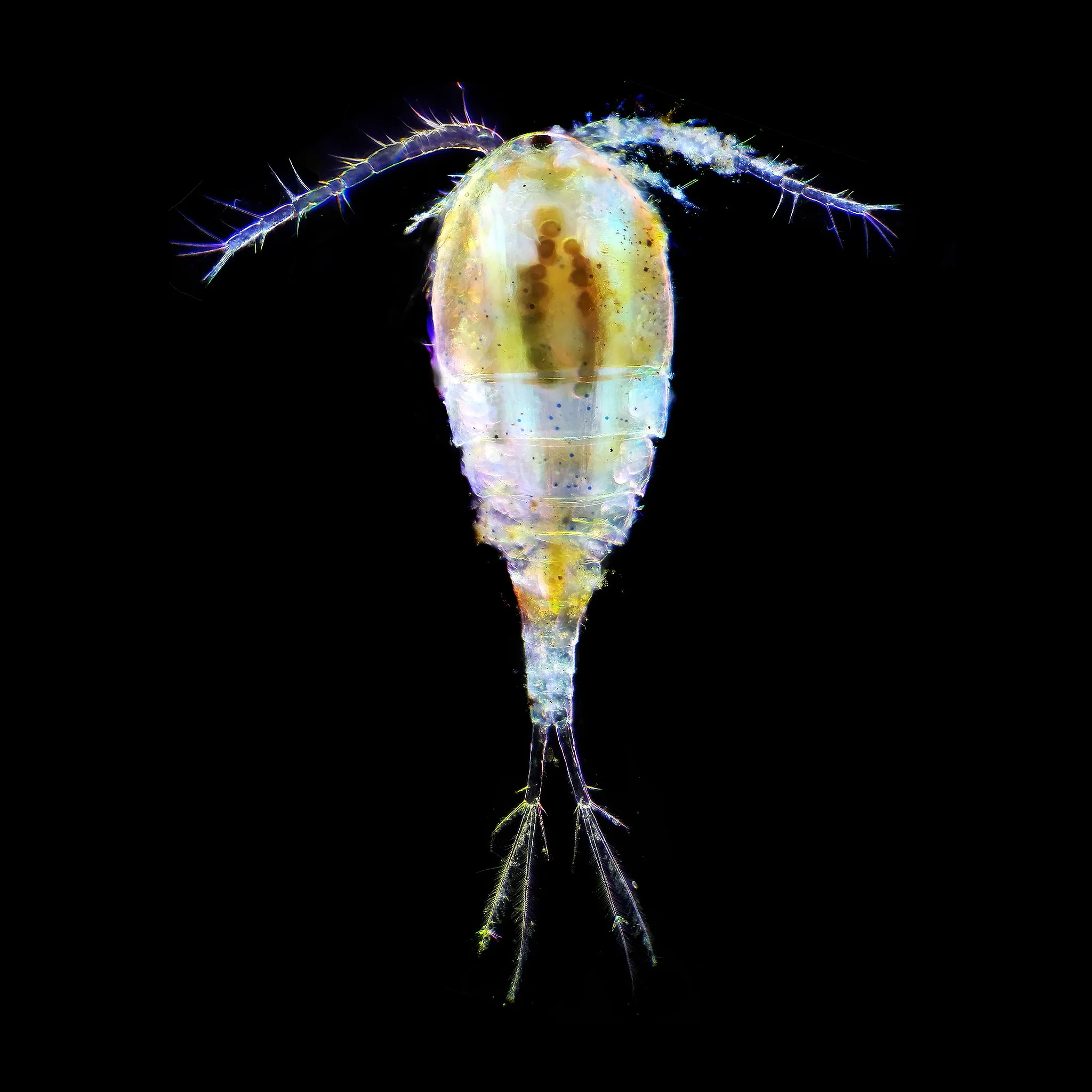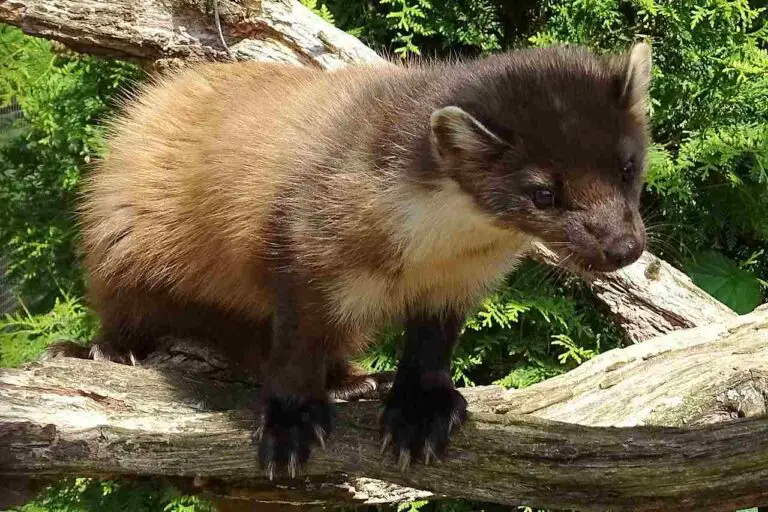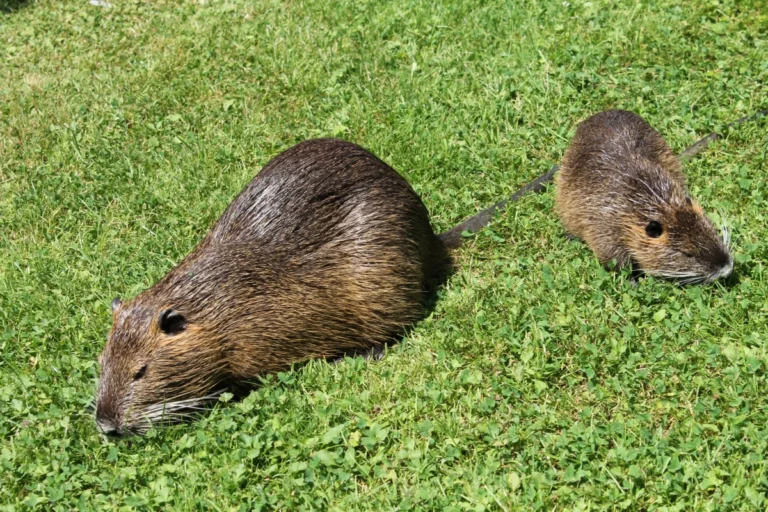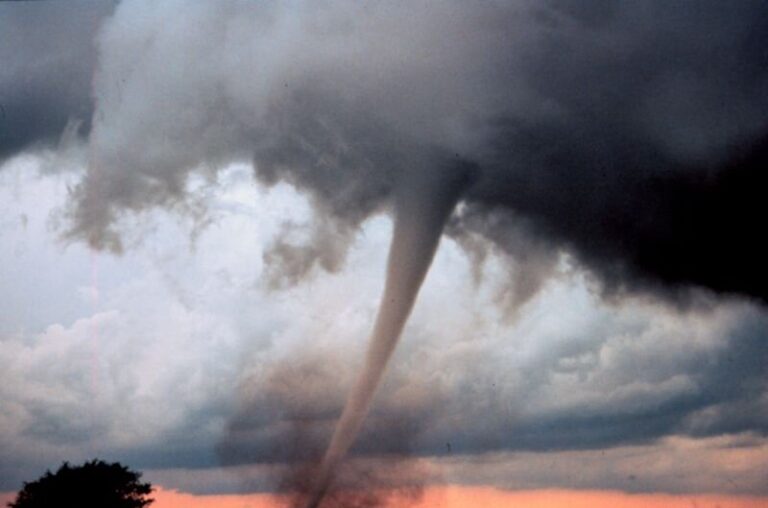Zooplankton represent a diverse group of primitive primary consumers in the oceanic ecosystem. These microscopic organisms include a variety of animal species, ranging from tiny crustaceans to larval stages of larger marine animals. Zooplankton play crucial roles in marine food webs by consuming phytoplankton and other organic matter and serving as a vital food source for higher trophic levels. Examples of zooplankton in the ocean include:
-
Krill: Krill are small, shrimp-like crustaceans that form dense swarms in the ocean. They feed on phytoplankton and are a key food source for many marine predators, including whales, seals, and seabirds.
-
Copepods: Copepods are one of the most abundant types of zooplankton in the ocean. They feed on phytoplankton and detritus and are an essential component of marine food webs, transferring energy to higher trophic levels.
-
Jellyfish (Some Species): While jellyfish are not exclusively zooplankton, the medusa stage of some jellyfish species can be considered part of the planktonic community. They consume small zooplankton and other prey, contributing to nutrient cycling and energy transfer in marine ecosystems.
Zooplankton play a fundamental role in the oceanic food chain, bridging the gap between primary producers and higher trophic levels. Their abundance and distribution are influenced by environmental factors such as water temperature, nutrient availability, and ocean currents, making them important indicators of ecosystem health and productivity.
General Characteristics of Primary Consumers in the Ocean
Primary consumers in the ocean share several key characteristics that define their role in marine ecosystems:
-
Feeding Habits: Primary consumers primarily feed on autotrophic organisms such as phytoplankton, algae, and seagrasses. They may also consume detritus and organic matter.
-
Trophic Level: Primary consumers occupy the second trophic level in marine food webs, directly consuming primary producers and serving as prey for secondary consumers.
-
Size Range: Primary consumers in the ocean encompass a wide range of sizes, from microscopic zooplankton to larger herbivorous vertebrates such as sea turtles and manatees.
-
Ecological Role: Primary consumers play a crucial role in energy transfer and nutrient cycling within marine ecosystems. They convert plant material into biomass and provide a food source for higher trophic levels, contributing to ecosystem stability and resilience.
-
Habitat: Primary consumers inhabit various marine habitats, including coral reefs, kelp forests, coastal areas, and open ocean environments, reflecting their diverse feeding preferences and ecological niches.
Understanding the general characteristics of primary consumers in the ocean is essential for studying marine ecosystems and predicting their responses to environmental changes and human impacts.
What Are 10 Primary Consumers In The Ocean?
Primary consumers in the ocean encompass a diverse array of organisms that play essential roles in marine ecosystems. Here are ten examples:
-
Krill: These small crustaceans feed on phytoplankton and are a vital food source for many marine animals, including whales and seabirds.
-
Copepods: Tiny crustaceans that are abundant in ocean waters and form a significant part of the zooplankton community, serving as prey for various marine organisms.
-
Sea Urchins: Herbivorous marine animals that graze on algae and other plant material, influencing the structure of underwater habitats like coral reefs.
-
Parrotfish: These colorful fish have specialized teeth for scraping algae off coral reefs, playing a crucial role in reef health and ecosystem balance.
-
Green Sea Turtles: Large herbivorous reptiles that feed on seagrasses and algae, contributing to nutrient cycling and ecosystem dynamics in coastal areas.
-
Manatees: Herbivorous marine mammals that consume aquatic plants such as seagrasses, playing a role in maintaining the health of coastal ecosystems.
-
Hermit Crabs: Omnivorous scavengers that feed on algae, detritus, and small animals, contributing to nutrient cycling in marine environments.
-
Jellyfish: While not exclusively primary consumers, some jellyfish species consume zooplankton and other small organisms, occupying various trophic levels in marine food webs.
-
Sponges: Filter-feeding organisms that consume plankton and organic particles from the water column, serving as important components of reef ecosystems.
-
Foraminifera: Microscopic protists that feed on bacteria and organic matter, forming a vital part of the marine plankton community.
These primary consumers form the foundation of marine food webs, channeling energy from primary producers to higher trophic levels and contributing to the overall health and functioning of oceanic ecosystems.
What Are The Most Numerous Primary Consumers Of The Ocean?
The most numerous primary consumers in the ocean are zooplankton, particularly copepods and krill. These tiny organisms form dense populations in marine waters worldwide, comprising a significant portion of the ocean’s biomass. Their abundance is critical for sustaining higher trophic levels, as they serve as a primary food source for a wide range of marine animals, including fish, whales, seabirds, and jellyfish.
Copepods, in particular, are among the most abundant animals on Earth, with estimates suggesting that their total biomass exceeds that of all other animals combined. They play a central role in marine food webs, linking primary producers to higher trophic levels through their consumption of phytoplankton and detritus. Similarly, krill populations can reach staggering densities in some regions, forming dense swarms that support entire ecosystems.
The high abundance of zooplankton as primary consumers underscores their importance in marine ecosystems and highlights their role as key regulators of energy flow and nutrient cycling in the ocean.
Reason(s) Why These Primary Consumers are Numerous
The high abundance of zooplankton, such as copepods and krill, in the ocean can be attributed to several factors:
-
High Reproductive Rates: Zooplankton species often have rapid reproductive rates, allowing them to replenish their populations quickly and maintain high numbers in the ocean.
-
Efficient Feeding Strategies: Zooplankton have evolved efficient feeding mechanisms, allowing them to efficiently consume phytoplankton and other organic matter present in the water column.
-
Adaptations to Environmental Conditions: Zooplankton species have evolved diverse physiological and behavioral adaptations to thrive in various oceanic environments, enabling them to exploit different habitats and niches.
-
Predator Avoidance Mechanisms: Zooplankton have developed strategies to avoid predation, such as diel vertical migration, where they migrate to deeper waters during the day to avoid visual predators and ascend to surface waters at night to feed.
-
Abundance of Food Resources: The abundance of phytoplankton and organic matter in the ocean provides ample food resources for zooplankton, allowing them to sustain large populations.
-
Ocean Currents and Upwelling: Ocean currents and upwelling events can transport nutrients and planktonic organisms, creating favorable conditions for zooplankton growth and reproduction.
Overall, the combination of reproductive strategies, feeding adaptations, predator avoidance mechanisms, and favorable environmental conditions contributes to the high abundance of zooplankton as primary consumers in the ocean.
What Are 4 Primary Consumers In The Pacific Ocean?
The Pacific Ocean harbors a diverse array of primary consumers, including:
-
Pacific Sardines (Sardinops sagax): These small schooling fish are herbivorous, feeding primarily on phytoplankton and zooplankton. They are an essential food source for larger predatory fish, marine mammals, and seabirds.
-
California Sea Urchin (Strongylocentrotus franciscanus): This herbivorous sea urchin feeds on algae and kelp, exerting significant ecological influence on coastal ecosystems such as kelp forests.
-
Pacific Herring (Clupea pallasii): Herring are planktivorous fish that feed on zooplankton and small crustaceans. They play a vital role in marine food webs as prey for numerous predators, including whales, seals, and seabirds.
-
Pacific Blue Mussel (Mytilus trossulus): These filter-feeding bivalves consume phytoplankton and other organic particles suspended in the water column. They are an important component of nearshore ecosystems, contributing to nutrient cycling and water filtration.
These primary consumers represent just a small fraction of the diverse marine life found in the Pacific Ocean, highlighting the complex interrelationships within its ecosystems.
What Is A Primary Consumer In The Atlantic Ocean?
One primary consumer found in the Atlantic Ocean is the Atlantic Menhaden (Brevoortia tyrannus). These small, schooling fish primarily feed on phytoplankton and zooplankton, making them herbivorous and planktivorous. Atlantic menhaden play a crucial role in the Atlantic ecosystem as a forage fish species, serving as a significant food source for larger predatory fish, marine mammals, and seabirds. Their abundance and distribution have important implications for the health and dynamics of marine food webs in the Atlantic Ocean.
Is A Jellyfish A Primary Consumer?
Yes, some species of jellyfish can be considered primary consumers in marine ecosystems. While jellyfish are not strictly herbivorous, certain stages of their life cycle, such as the medusa stage, primarily feed on zooplankton and other small organisms. As zooplanktivores, jellyfish consume primary producers indirectly by feeding on organisms that graze on phytoplankton or directly by consuming phytoplankton themselves.
Jellyfish occupy various trophic levels in marine food webs depending on their feeding habits and life stages. While they are not exclusive primary consumers, certain jellyfish species contribute to energy transfer and nutrient cycling in the oceanic ecosystem as part of the planktonic community.
Reasons Why a Jellyfish is a Primary Consumer in the Ocean
Jellyfish can be considered primary consumers in the ocean for several reasons:
-
Zooplanktivorous Diet: Many jellyfish species primarily feed on zooplankton, which are themselves primary consumers. By consuming zooplankton, jellyfish indirectly derive energy from phytoplankton, the primary producers of the ocean.
-
Direct Consumption of Phytoplankton: Some jellyfish species, particularly during certain stages of their life cycle, directly feed on phytoplankton. This direct consumption of primary producers places them in the primary consumer trophic level.
-
Role in Energy Transfer: Jellyfish serve as intermediaries in energy transfer within marine food webs. They convert energy from lower trophic levels, such as phytoplankton and zooplankton, into biomass that can be consumed by higher trophic levels, including fish, turtles, and seabirds.
-
Contribution to Nutrient Cycling: Through their feeding activities and eventual decomposition, jellyfish contribute to nutrient cycling in marine ecosystems. They release nutrients back into the water column, which can be utilized by primary producers and other organisms, sustaining the productivity of the ecosystem.
Overall, while jellyfish may not fit the traditional image of primary consumers, their feeding habits and ecological roles justify their classification within this trophic level in the oceanic food web.
Food Chain Position of Primary Consumers in the Ocean
Primary consumers occupy the second trophic level in marine food chains, serving as the link between primary producers (such as phytoplankton and algae) and higher trophic levels. They consume autotrophic organisms to obtain energy and nutrients, which are then transferred to predators at higher trophic levels through predation. The food chain position of primary consumers is crucial for energy flow and nutrient cycling within marine ecosystems.
In the ocean, primary consumers form the foundation of marine food webs, channeling energy from primary producers to a diverse array of predators, including secondary consumers (such as carnivorous fish), tertiary consumers (such as sharks and marine mammals), and apex predators (such as killer whales). This hierarchical structure of trophic levels ensures the transfer of energy and nutrients throughout the marine ecosystem, ultimately sustaining the productivity and biodiversity of oceanic environments.
Understanding the food chain position of primary consumers is essential for studying marine ecology, as it elucidates the pathways through which energy and nutrients flow within marine ecosystems and highlights the interconnectedness of organisms at different trophic levels.



